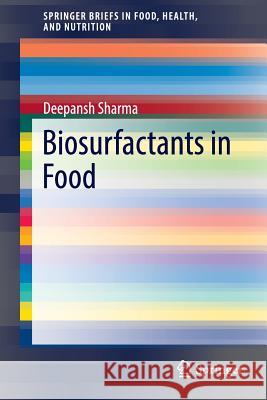Biosurfactants in Food » książka
topmenu
Biosurfactants in Food
ISBN-13: 9783319394138 / Angielski / Miękka / 2016 / 86 str.
Kategorie:
Kategorie BISAC:
Wydawca:
Springer
Seria wydawnicza:
Język:
Angielski
ISBN-13:
9783319394138
Rok wydania:
2016
Wydanie:
2016
Numer serii:
000458289
Ilość stron:
86
Waga:
0.23 kg
Wymiary:
23.5 x 15.5
Oprawa:
Miękka
Wolumenów:
01
Dodatkowe informacje:
Wydanie ilustrowane











